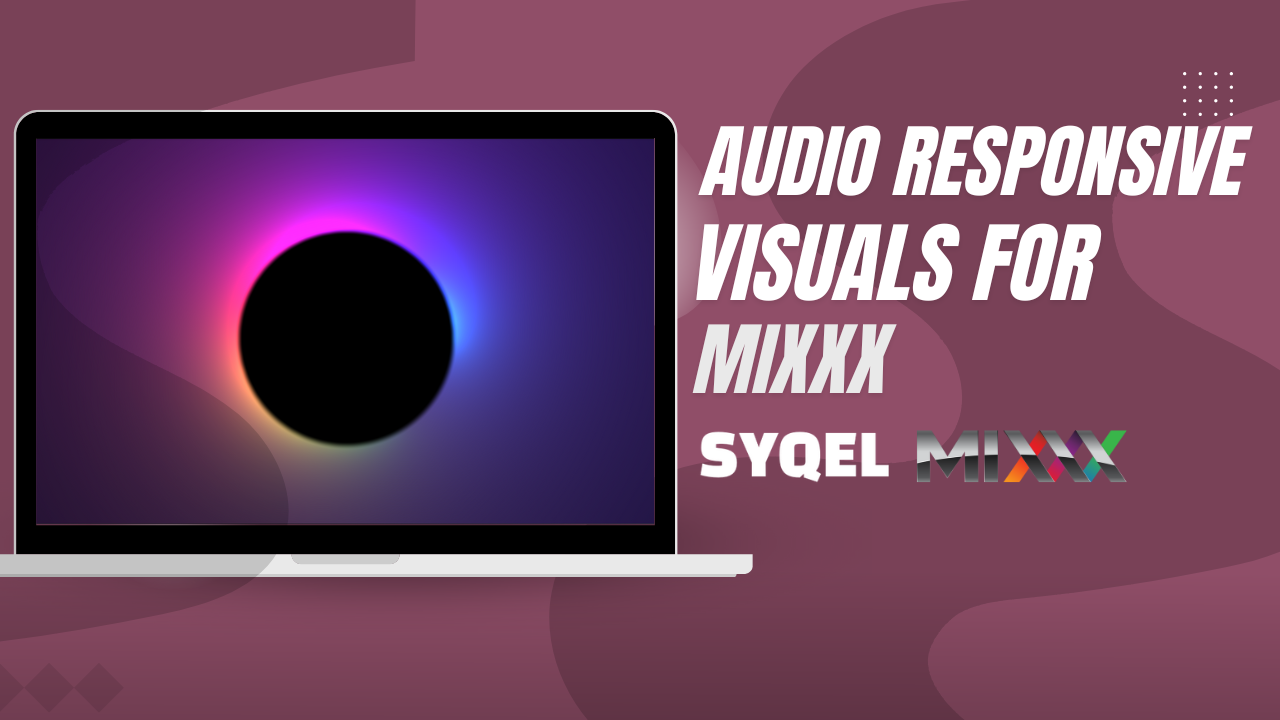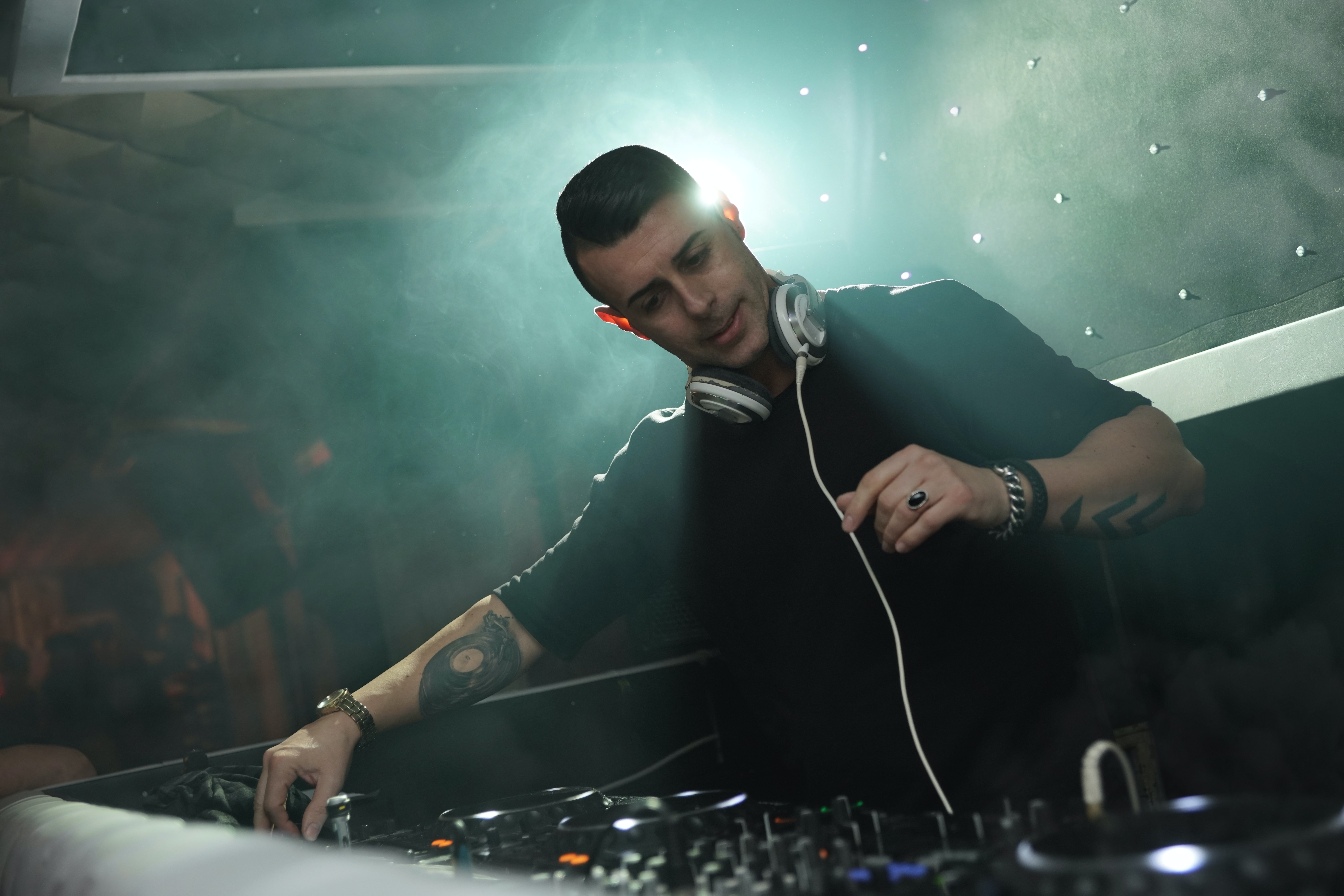Psychedelic trance music — psytrance — has a rich, colorful history and established culture. The original goal of the genre was to help dancers feel at one with their own bodies. But psychedelic music, in the early days, was also driven by psychedelic drugs and the need to create a soundtrack dedicated to the psychedelic trip.
Psytrance is designed to expand your consciousness. It’s made for stepping out of your own reality and experiencing another dimension you might not have ever even realized existed.
Seemingly random factors were catalysts for the birth of the genre, and are worth a closer look at. A true appreciation of the genre, of any form of art, means respecting the history of it.
So strap in.
Goa, India: Building the Rave Scene in Anjuna
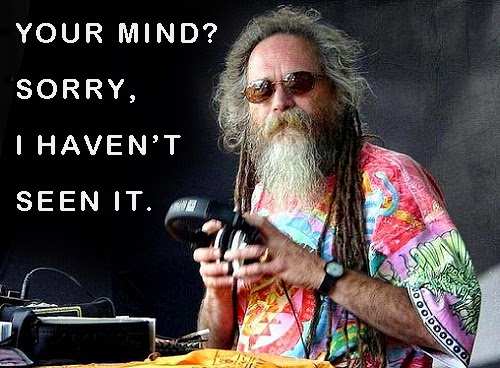
Image courtesy of Digital Darsh.
Goa, India — that great storied town of hippie expats and full moon, several days long raves in the mid-’60s. Hippies and beatniks from the U.S. and Europe, attracted to the beaches and the spiritual energy (and India’s famous hashish) traversed India and ended up at Anjuna Beach in southern Goa. With little modern infrastructure, it was a beautiful alternative to the highly industrialized Western world.
Over the next few decades, newcomers started shaping the scene. Part of it was making Goa more available to daytime travelers. And part of it was creating the ability for hippies to give away unwanted possessions in exchange for a place to live, via flea market. Goa became a place to live, and a place to hang out and pass through.
Locals, however, will tell you that the reason everyone came through — and perhaps stayed — was because the area lacked a police force. It was an open atmosphere, where nudity was welcome and drugs could be done without consequences. The U.S. had, in the ’70s, plunged into their “war on drugs”, so fleeing to India, a place largely without drug laws at the time was, for many, a natural movement.
These original “modern settlers” played mostly psychedelic rock music brought over from home, having jam sessions on the beach. Those parties were fueled by LSD and the thirst for enlightenment.
All these factors slammed into each other and sparked the rave scene.
By the mid-80’s, the hippie movement had largely died out.
Kraftwerk: Mixing the Automated with the Human for the First Time Ever
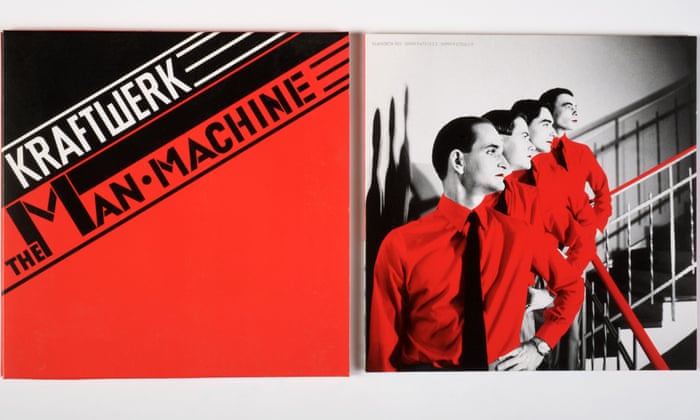
The Dusseldorf-based band Kraftwerk is credited with fathering electronic dance, even the grandfather of techno, mixing musicality with automation in 1970. This was way before computers had become mainstream, before “the DJ” as a concept had been invented.
For years leading up to this fateful track, artists had been passing tapes back and forth without the assistance of labels. It was an era of openly sharing, of really speaking to one another without the interference of copyright, authority, or rules. People were exposed to some really interesting music.
That includes that infamous Kraftwerk track, brought over by a visitor. This is a story that defines the Anjuna music scene, which spread to all of Goa. The sound of the scene was an eclectic mix of disco, house, techno, rock, anything that was brought over on tapes.
In the late ’70s, electronic music had started changing the local music scene. And the onset of synthesizers, samplers, and midi equipment in the ’80s allowed local DJs, now famous for being the originators of Goa trance, to remix songs in the most unexpected, most insane way possible. Some of these originators include Laurent, Goa Gil, Dr. Bobby, and Fabien. But it was such a huge, collaborative effort that naming them all might be impossible.
The Very Basic Structure of a Trance Song, From a Clinical Standpoint
Trance music is complex, ambiguous, and almost as undefinable as the experience of it. But, from a clinical, stripped-down, music producer’s standpoint, trance music has:
- Rifts, rolls, breakdowns, and buildups
- Short samples, often going into 16th and 32nd notes
- Anthems
- Highly intermixed major and minor chords
- 135-150 beats per minute (BPM)
The specific qualities of trance music vary depending on what subgenre of trance you’re listening to.
Goa trance in particular has an energetic beat, almost always at 4/4 and 16th or 32nd notes. Tracks are generally 8-12 minutes long, build up to more energetic movement in the second half, and then taper off quickly towards the end.
And, of course, goa trance, as the originator of all subgenres of trance, is special because of that initial psychedelic magic.
Goa Trance: The Psychedelic Magic
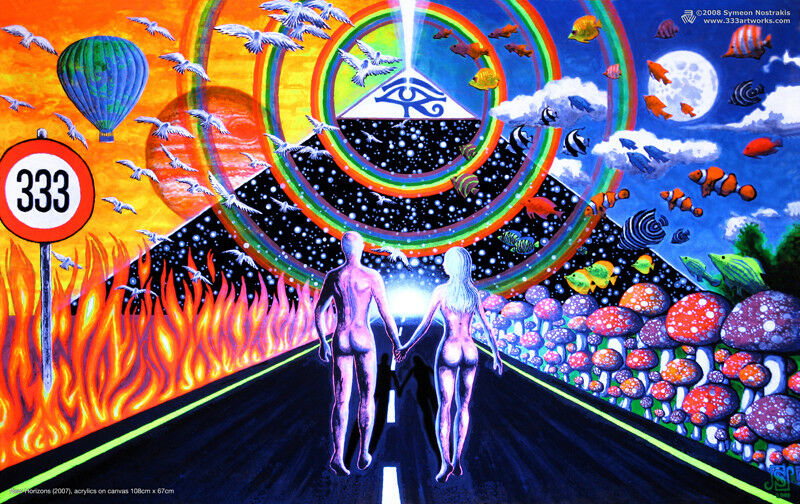
On the surface, Goa just seems like a tourist destination, globally recognized for their New Year’s beach parties and nightly winter raves. But it’s so much more than that.
The parties are a place to fuse Western music and Indian spirituality. They’re a place and time to find full consciousness, let go of your inhibitions and your ego, party freely, show mutual respect, and practice anti-materialism. This is what you’re supposed to get from the party and its soundtrack: You’re supposed to find the magic.
One of the originators of Goa trance, Goa Gil, speaks the purpose of trance best:
Music is a tool to transform consciousness, empower people, and even take the audience to high states of being. Music is a way to “go into a trance” and the party as a “suitable vehicle to transmit ideas and knowledge”.
He realized this before electronic music was even a thing. But that rushing evolution of music in the late ’70s and into the ’80s was welcomed by Goa Gil. In the ’80s, he incorporated dance music and psychedelic rock, and while the sounds came from everywhere, the inspiration could not have come from anywhere but Goa.
Goa Gil also employed acoustic sounds and religious atmospheres to convey the spiritual values embedded in Goa’s atmosphere, and the quest for transcendence.
Goa Trance: The Split into Sub-Genres

The parties that had come to fruition in the ’80s included heavy basses, good vibes, dark dancefloors, and fluorescent paint — setting the stage of the modern psychedelic experience. The parties were an environment for artists to experiment, to express ideas and dreams.
The early ’90s were the height of Goa’s trance culture: ideas and music were flying in a frenzy, a creative and positive spiral.
But then, as it always is with an artistic community, the culture is seen as a source of monetization, and so loses it’s fundamental base altogether. Local authorities and bars found out there was money to be made. “Free party” was suddenly “getting permission” and “charging fees”.
The spirit of Goa started dying out in the early 2000s, as early Goa trance creators and lovers started to make their way home.
But the sounds and ideas of Goa trance were never contained within Goa alone. Those who visited carried the trance sound wherever they went: the U.K., Sweden, France. From Goa trance stems several new subgenres: acid trance, dream trance, hard trance, and psytrance being a few of them.
What makes up the psytrance genre?
Modern iterations on Goa trance vary in scale, structure, beats-per-minutes (BPM), rhythm, tempos, and melodies, to name a few. Because trance as a genre, in general, can be so complex, there are many subgenres.
Subgenres are really the embodiment of the possibilities of trance.
The psytrance genre is a very direct offshoot of Goa trance, and the two are often intermixed, which makes it difficult to define exactly what it is that differentiates the two.
A common conception is that psytrance has a more rigid structure than Goa. There are less organic, melodic structures. While Goa is more euphoric, experimental, and free-flowing, psytrance is more high-energy, with pounding, resonating, rolling basslines and rhythms that frequently change every eight counts to keep people on their toes.
Some have said that psytrance is just Goa trace without the “Goa”, as the style is no longer rooted in one place.
Everyone can agree that psychedelic trance music, no matter where you are, is meant to expand your consciousness. It’s meant to be a spiritual experience, one that takes you out of your own reality, and into another.
If you want to compound your spiritual experience, you might want to add a visual experience to the auditory one. Consider adding a music visualizer to capture all of those erratic sounds, even the ones you don’t notice. Just because you’re not on the dance floor, with flashing lights above you, that doesn’t mean you can’t have a visual experience. Have an experience bigger than yourself, even in your living room, with SYQEL: The music visualizer.
Watch a sample visualization of Teleport, by a very well known psytrance group, Man with No Name, below.

